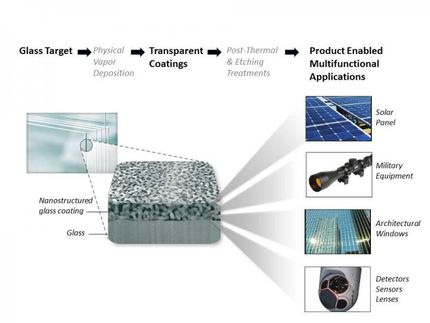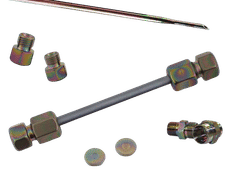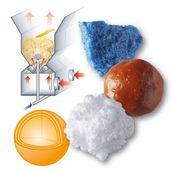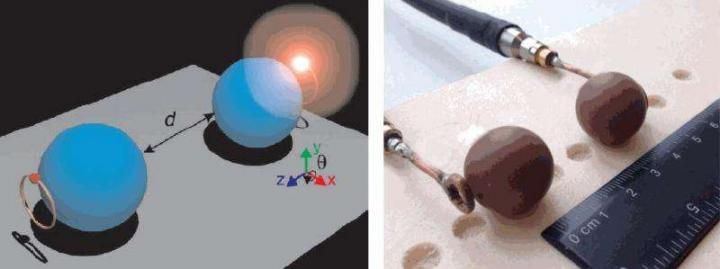Printed Electronics: Still Huge challenges – and opportunities
Advertisement
While materials for organic light emitting diodes (OLEDs) are getting better and better, and encouraging news about record-breaking parameters in efficacy and luminance were published quite recently, one of the major problems in flexible lighting and display devices is still unsolved: the lifetime of such devices is too short, and hence, customers are not ready to pay, no matter how impressive and elegant the systems may look. The issue is in the light emitting materials themselves, namely in their intrinsic sensitivity against moisture and oxygen. The same is true for organic photovoltaics (OPV): despite promising results and potential low-cost fabrication methods, at least compared to crystalline silicon, lifetime is not long enough even for less-demanding applications. Thin-film inorganic PV, e.g. based on amorphous silicon or CIGS or CdTe, is less sensitive, but again, manufacturers usually choke if asked for a twenty year guarantee if it comes to flexible or just bendable products.
Glass based devices perform much better in both cases of OLED and OPV, since the glass provides good barrier properties against those “enemies”. For flexible, polymer based substrates, the situation is quite different, and special coatings and lamination techniques are required to protect the sensible organic materials.
IDTechEx is following the progress in this field closely, and at the next conference dedicated to recent achievements and development in the field of printed electronics, Printed Electronics Asia, Dr Harry Zervos will give an update of what is going on and what is still needed. Printed Electronics Asia will take place from September 30-October 1, with Masterclasses being held on September 29 and October 2 at the Sheraton Miyako Hotel in Tokyo, Japan.
Organizations
Other news from the department business & finance
These products might interest you

Get the chemical industry in your inbox
By submitting this form you agree that LUMITOS AG will send you the newsletter(s) selected above by email. Your data will not be passed on to third parties. Your data will be stored and processed in accordance with our data protection regulations. LUMITOS may contact you by email for the purpose of advertising or market and opinion surveys. You can revoke your consent at any time without giving reasons to LUMITOS AG, Ernst-Augustin-Str. 2, 12489 Berlin, Germany or by e-mail at revoke@lumitos.com with effect for the future. In addition, each email contains a link to unsubscribe from the corresponding newsletter.




























































